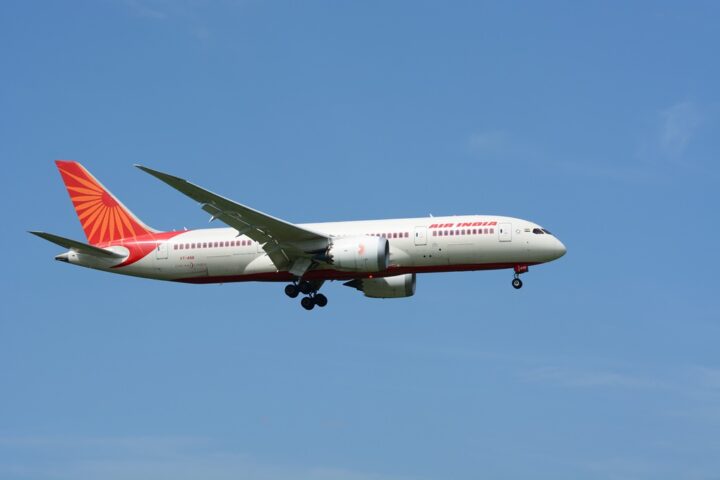Airbus recently conducted an in-flight test with 100% sustainable aviation fuel (SAF) in partnership with Rolls-Royce, the German Aerospace Centre (DLR), and SAF producer Neste. The test on both engines of an Airbus A350 aircraft evaluated the impact of 100% SAF. The results are huge and a big step forward for environmentally friendly flying.
Especially when you consider global targets. The aviation industry is responsible for 2-3% of global greenhouse gas emissions, and sustainable aviation fuels are key to reducing those emissions. This test showed that 100% SAF can reduce CO2 emissions by 80% compared to traditional jet fuel. It’s a vital piece of the puzzle to decarbonize the industry. DLR Falcon 20-E research aircraft measurements showed big reductions in soot particle emissions and contrail ice crystal formation when using 100% SAF compared to Jet A-1 fuel. “Great results from the ECLIF3 flight tests, 100% SAF is reducing the climate impact of contrails and the carbon footprint of flying – that’s what we call climate-friendly aviation,” Markus Fischer, DLR Board Aeronautics.
Different regions are going at different speeds with sustainable aviation fuels. Let’s take a look:
Europe:
Strong government rules and incentives in countries like Norway and the Netherlands have led the way for SAF. The EU has set ambitious emission reduction targets and is promoting SAF through mandates and incentives. Airports in these countries are getting the infrastructure for SAF refueling. For example, Norway has a 0.5% blending mandate for jet fuel with SAF, and the Netherlands has a similar target.
The US and Canada are investing heavily in SAF infrastructure. In the US, the Federal Aviation Administration’s (FAA) Continuous Lower Energy, Emissions, and Noise (CLEEN) program is advancing SAF technology. Airlines such as Delta, United, and American Airlines have made big commitments to SAF. The Biden administration’s focus on renewable energy includes subsidies for SAF production and use. Notably, Delta Airlines aims to replace 10% of its jet fuel with SAF by 2030.
North America:
Japan and Australia are looking into SAF production to reduce their aviation emissions. Japan’s Green Innovation Fund is supporting SAF development, and Australia’s Qantas is part of the Sustainable Aviation Fuel Users Group working to create a market for SAF in the region. Japan aims to have SAF make up 10% of its jet fuel by 2030.
Asia-Pacific:
While SAF is more expensive than kerosene, economies of scale, technology, and increased production will bring down the cost. Government subsidies, carbon pricing mechanisms, and international agreements like CORSIA will help offset the initial cost and make SAF more economic. Mark Bentall, Head of Research & Technology Programme at Airbus, said: “Thanks to ECLIF studies we now know that 100% SAF can reduce soot emissions and ice particle formation that we see as contrails. That’s a great result, science-based, that shows how important sustainable aviation fuels are for decarbonizing air transport.” Virgin Atlantic has also been a pioneer in using sustainable aviation fuels. In 2023, they operated a transatlantic flight with SAF to prove the technology for long-haul flights.
Similar Posts
In summary, Airbus’s first in-flight test of a commercial aircraft with 100% sustainable aviation fuel is a big step towards environmental sustainability. The study shows significant reductions in soot particle emissions, contrail ice crystals, and climate impact with 100% SAF. As the industry moves towards a more sustainable future, these kinds of innovations will be key to reducing our environmental footprint. Using SAF globally requires coordination across regions and technology and economic incentives. As that happens, the results from this study are good news for green aviation.


















